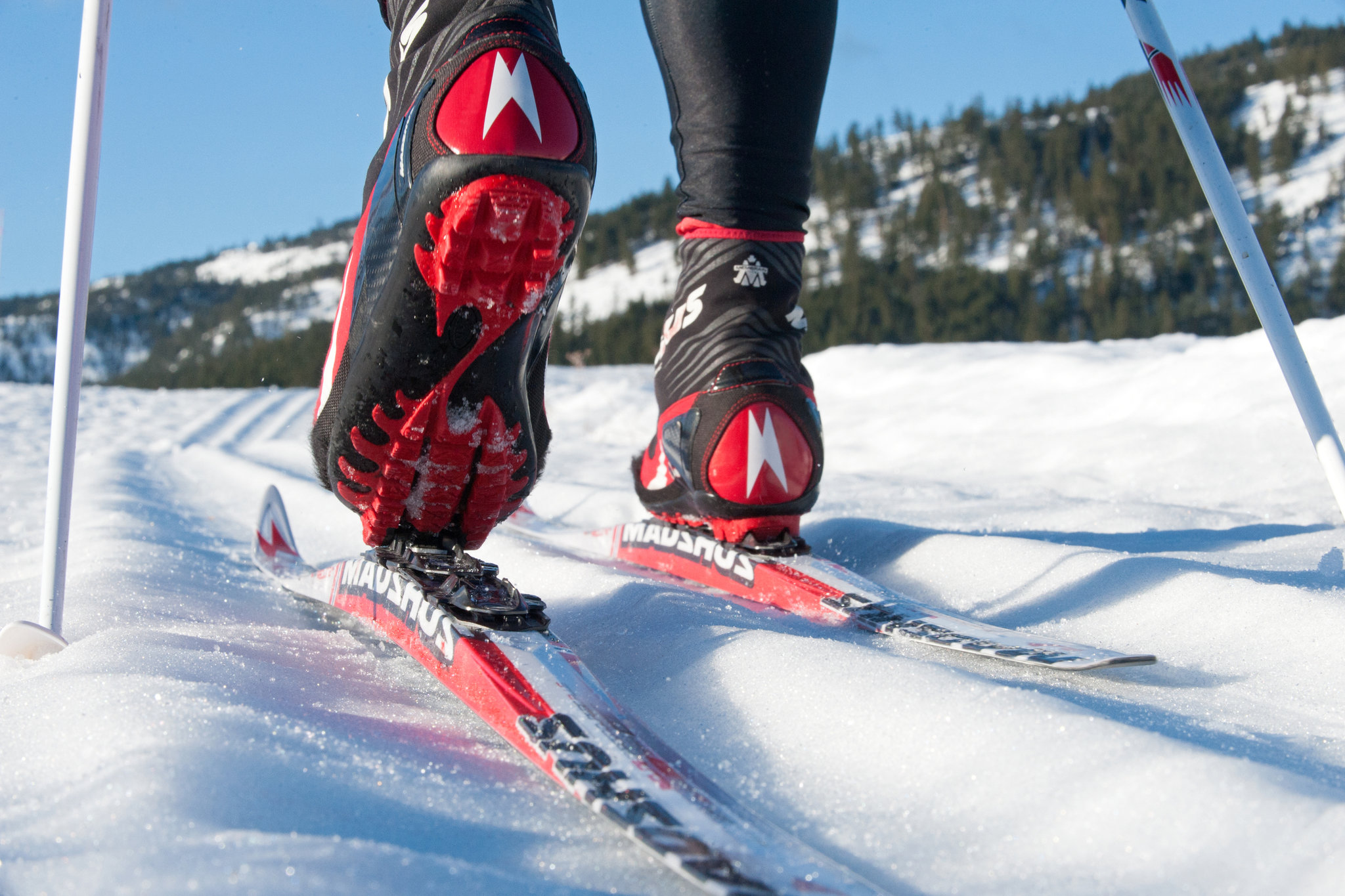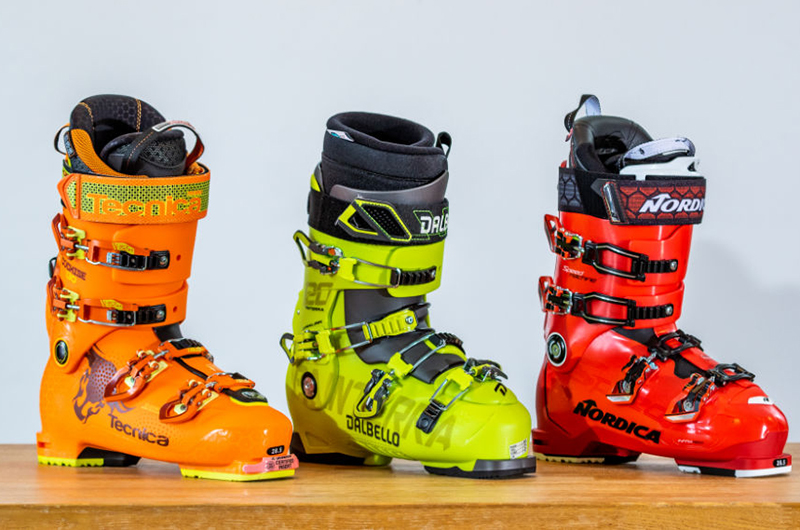Yes, it is very essential to buy the best and ideal ski boots by any skier. Because it is the thing that links your foot with the ski. So, the ski boots definitely should offer you comfortability and strength while skiing. On the other hand, it controls your ski and protects your foot.
Therefore, most of the people have googled “how to choose ski boots“. I hope they will get the answer today. So, let’s get to know everything you need to know about ski boots within the following 4 major tips.
4 Major Tips to Concern when Choosing the Best Ski Boots
Identify the type and level of skiing
Knowing your level and type of skiing is the most important thing to concern when buying ski boots as each skier follows different practices. Normally the levels are clarified as beginner, intermediate, senior, and expert. On the other hand, the performance levels are categorized as Freeride, on-trail, freestyle, touring, all-mountain, etc.
Just read the following skier type chart.
| Ability | Beginner-Intermediate | Intermediate-Advanced | Advanced-Expert |
| Style | Cautious/ | Average/Confident | Aggressive |
| Speed | Slow | Medium-Fast | Very Fast |
| Terrain | Bunny slope/Groomers | Fast groomers/ All mountain/ off-piste/ park and pipe | All mountain/ off-piste/ park and pipe/ Race/Cliffs/ Steep |
| Fit | 1/2 size larger or indicated size | 1/2 size smaller or indicated size | 1/2 to 1 size smaller than indicated |
| Flex Index | Women’s 50-70 Men’s 60-80 | Women’s 65-90 Men’s 85-100 | Women’s: 85-110 Men’s: 105-130 |
Know the flex of your ski boot
As mentioned in the above graph, determining the flex of your boot is the second tip you need to consider. Do you know what is the meaning of flex? Well, I’ll tell you. It is the indicator of the strength of the ski boot. When the flex value is higher, the boot becomes more rigid and reactive.
On the other hand, when the flex value is lower, the boot becomes more tolerant and comfortable. So, there are various flex levels for each ability level and gender-wise.
For example, when considering the type of ski, Freestyle skiers do not require the same flex level as on-trail skiers. Because power transfer is very important for on-trail skiers.
Select the ski boot size
The next most important tip is to select the ski boot size. Normally the ski boots sizes are measured by using a scale called Mondo Point or MSS Metrix Sizing System. It is created based on your foot length in centimeters.
When you select the correct size, your toes should barely touch the tip of the boot. And if you have any doubt about how’s measuring ski boot sizes, it is not very complex. For that just place your heel against a vertical surface (a wall) with toes, by pointing outward. And then measure the length from the wall to the end of your longest toe in centimeters.
If you measure it in inches, then just multiply it by 2.54 to turn into centimeters. It is your Mondo size.
In the case of beginners/intermediate skiers, they should normally select their ski boots close to the indicated Mondo Point length or slightly longer. If you feel like small, do not bother about it as the liner of the boot will compress after you ski a few times. Then, automatically you will get more space.
For intermediate/advanced skiers, they should choose ski boots that close the indicated size or a little shorter but, in a strong/stiffer flex.
When considering the advanced/expert skiers, they should choose their ski boots with a shell size half to a full size lesser than the indicated size. Then, they can get a super precision and a responsive fit. Also, the ski boots should be stiff or very stiff flex.
Along with the ski boot size, skiers must concern about the comfort and the fit of ski socks as well.
Choose the width of your ski boots
The last tip to consider when you buy ski boots is the width or the ski boot last. And the very first thing to understand is, each foot is unique when comes to choosing ski boots. So, no matter how much time it takes, you should focus on buying the best and the ideal pair of boots.
After choosing the correct length, you need to concern the last or the width as well. And the width of the forefoot is measured on a slight diagonal across the metatarsal heads. Normally the “lasts” are divided into some categories like narrow, medium, and wide.
For example, lasts with a wider forefoot, generally has more interior volume in the ski boot.
And, in the case of Narrow Lasted boots, they have a forefoot width of 97 mm to 98 mm. Also, it is narrow through the midfoot as well. So, these are ideal for the skiers who have narrow and low volume feet.
On the other hand, Average Lasted boots are having a forefoot width of 100 mm and offer a relaxing fit to the midfoot and heel.
The Wide Last boots are ideal for the skiers who have wider and larger volume feet. Normally, the forefoot width is between 102 mm to 106 mm.
Suggested Reading: Winter Camping and skiing in Crater Lake









